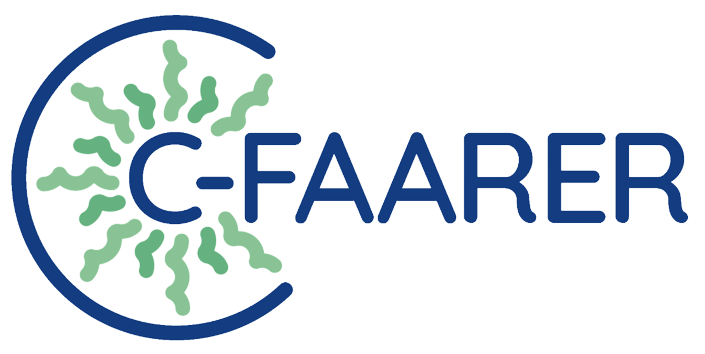Barriers to Irish seaweed industry development
Current seaweed cultivation
Ireland’s current seaweed cultivation activities are positioned as a nascent sector on the edge of an expanding market for seaweed and seaweed-derived materials. Individual growers, and the sector as a whole, face multiple constraints in developing sufficient scale to allow them to become internationally competitive (BIM, 2020). Barriers and constraints of the seaweed industry can be summarised under four broad categories: 1) institutions and policy, 2) material and technology, and 3) economy and growth, and 4) knowledge and networks.
Institutions and policy
Though there continues to be a reference to a licensing barrier, it is quite clear with a licensed area of 254 ha and more than 500 ha included in current applications, the licensing process is no longer a barrier (BIM, 2020). On the policy level, the current disjointed nature of institutional support and regulation hampers the development and oversight of the sector. Other barriers persist, including access to juvenile seaweeds, limited availability of a range of seaweed species; and access to knowledge or technical know-how, including market insights. Together these barriers limit any expansion of cultivation activity and hence biomass output. Many license holders do not fully use their sites to cultivate seaweed. Most growers have minimal infrastructure for cultivation, harvesting and processing, relying instead on services provided by others (BIM, 2020).
Economy and growth
Market knowledge remains a significant barrier to development in Ireland - currently only growers cultivating seaweed for use in minimally processed food products have an insight to market opportunities or consumer requirements. Generally, seaweed is sold in bulk as dried biomass, where knowledge about the use of this is speculative. Since Alaria esculenta accounts for the majority of seaweed biomass produced, and without reliable access to other species, the sector produces a commodity; it is lacking in an economy of scale to enable a shift from this position soon. Limited biomass output is a barrier to developing new markets and access to supply chains, and unless the sector develops critical mass and scale, it will remain vulnerable to external price competition. The success of biomass yields are also linked with seasonality and the increasingly negative effects of climate change and extreme weather events.
Material and technology
Increasing the level of biomass production, with a clear insight into potential end-use, is an essential priority for Ireland. However, many knowledge gaps exist, ranging from reliable control of species life cycles to species-specific site selection, linking harvesting times to seaweed compositional profiles, cultivation and harvesting methods, the effect of processing on biochemical composition, and processing methods optimised for specific product end use. There are also existing barriers to access to processing technology for growers - from energy-efficient drying to the extraction of various compounds or ingredients from cascading biorefinery systems. Filling these gaps is essential, as is developing a lasting knowledge infrastructure to ensure the sector has access to core scientific disciplines and competencies on which its development and survival are reliant, and to counter misinformation about seaweeds (BIM, 2020).
Knowledge and networks
Barriers to development in terms of knowledge and networks include a lack of cooperative processing facilities or marketing organisations (for both individual harvesters and small processors) to reduce overhead and capital investment; the lack of a national seaweed forum for sharing information and R&D within the industry; a lack of knowledge regarding potential markets, other processors and prospective suppliers; and the lack of an industry or trade association for sharing expertise and providing training opportunities for continued professional development (MTU, 2022).
Figure 1 (MTU, 2022) highlights the main areas in need of support for developing the seaweed cultivation sector in Ireland, with technical expertise and financial support being the main supports required.
A BIM strategic review (BIM, 2020) defines multiple actions over the next 10 years relevant to an industry that wants to compete internationally. However, immediate action is needed to retain the current growers, attract new growers and help them overcome the barriers they face.
These priorities include:
Encouraging non-productive license holders to commence cultivating seaweed;
Boosting the sector by attracting new growers;
Obtaining relevant market information on seaweed for food use;
Confirming and funding a national seaweed research agenda;
Encouraging collaboration between growers to share information, know-how and equipment;
Establishing a hatchery facility capable of operating to international best practices, to reliably culture Alaria esculenta, Saccharina latissima and Laminaria digitata on behalf of growers and possessing the competencies to develop methods to breed species in demand such as Palmaria palmata and other red species.
References
Towards a strategy for the Irish Macroalgal Industry to 2030, BIM, 2020
Socio-Economic Study of Seaweed Harvesting in Ireland, MTU, 2022
Search the Blog….
Visit us on Instagram















